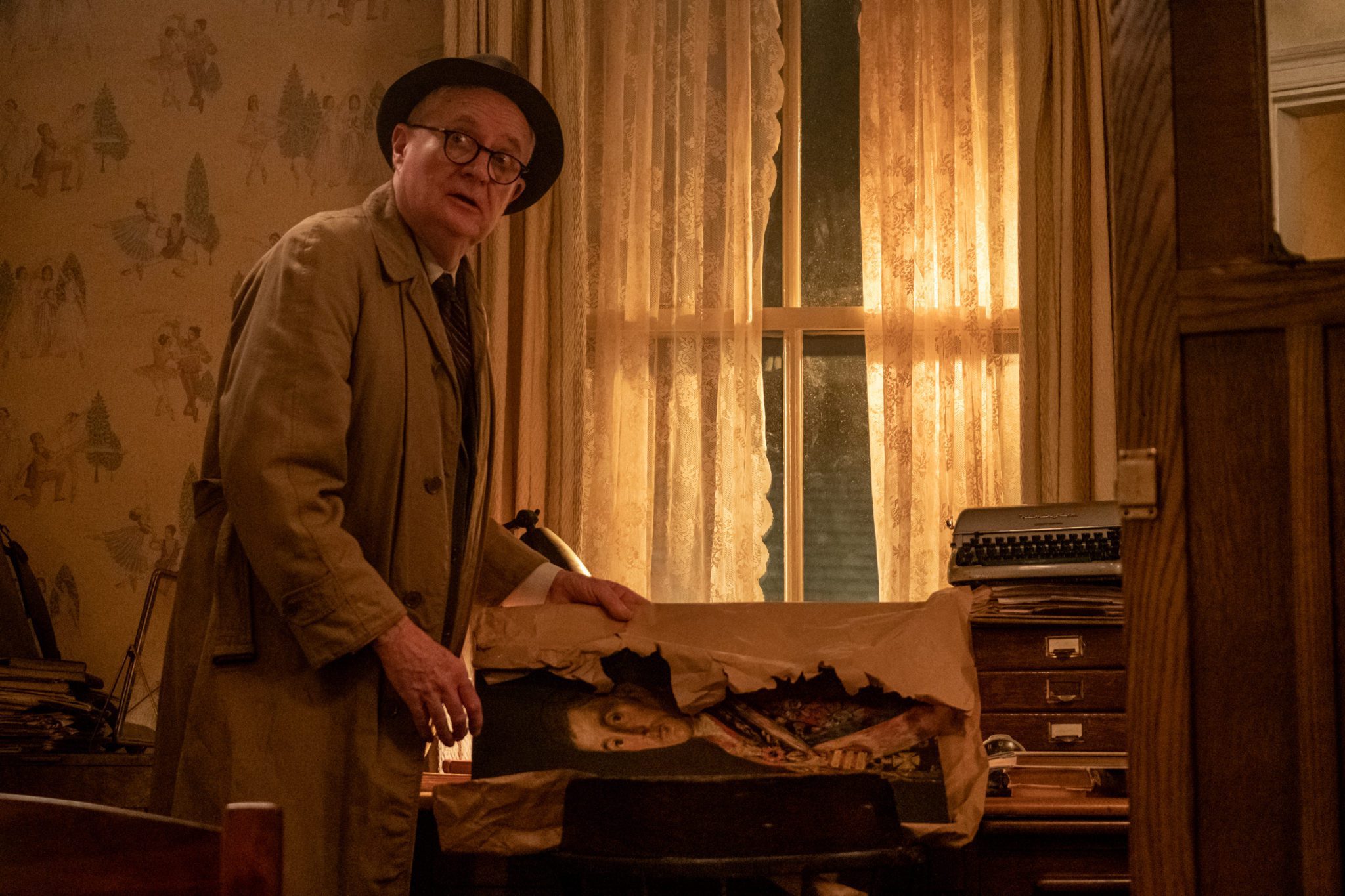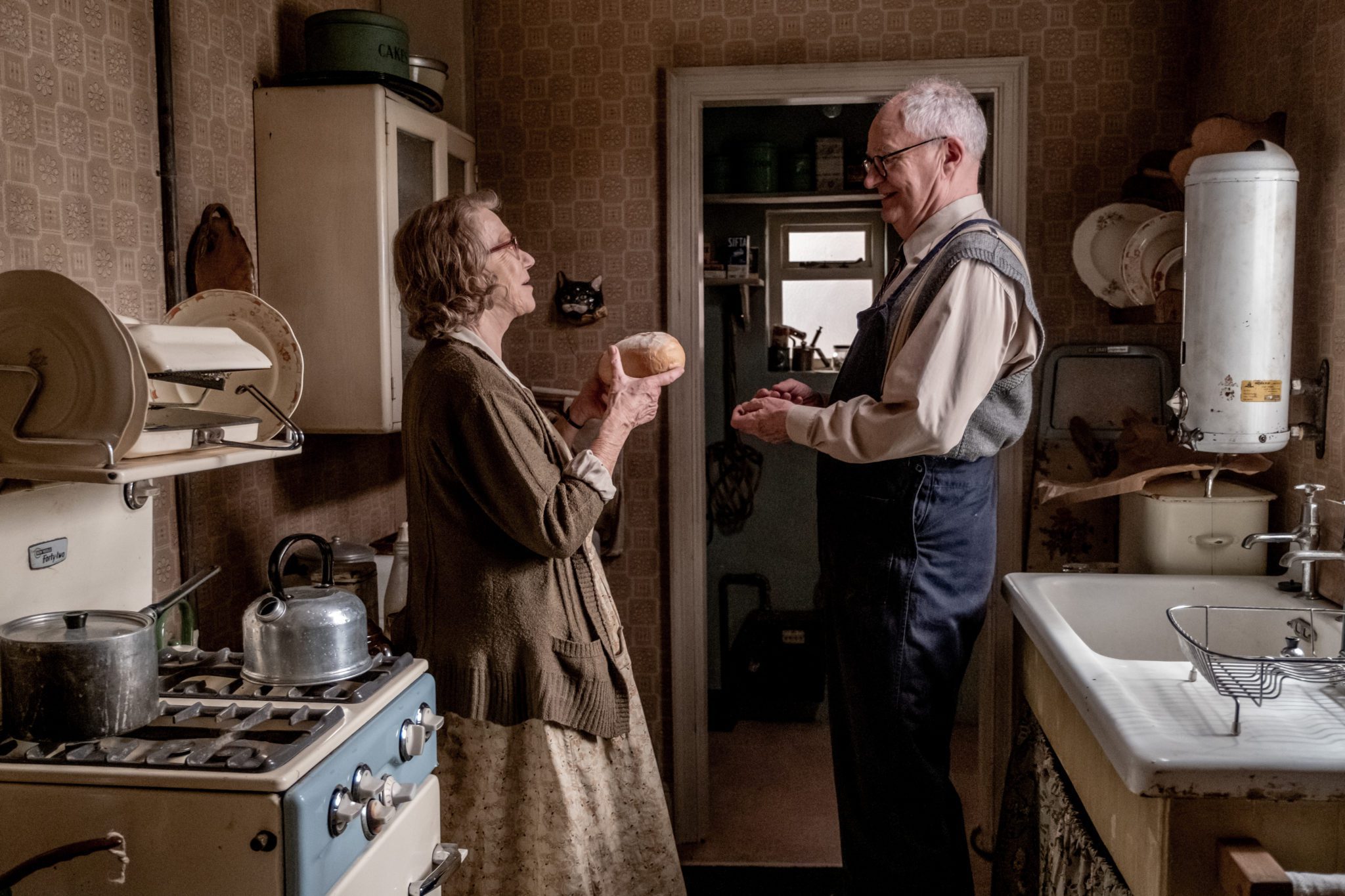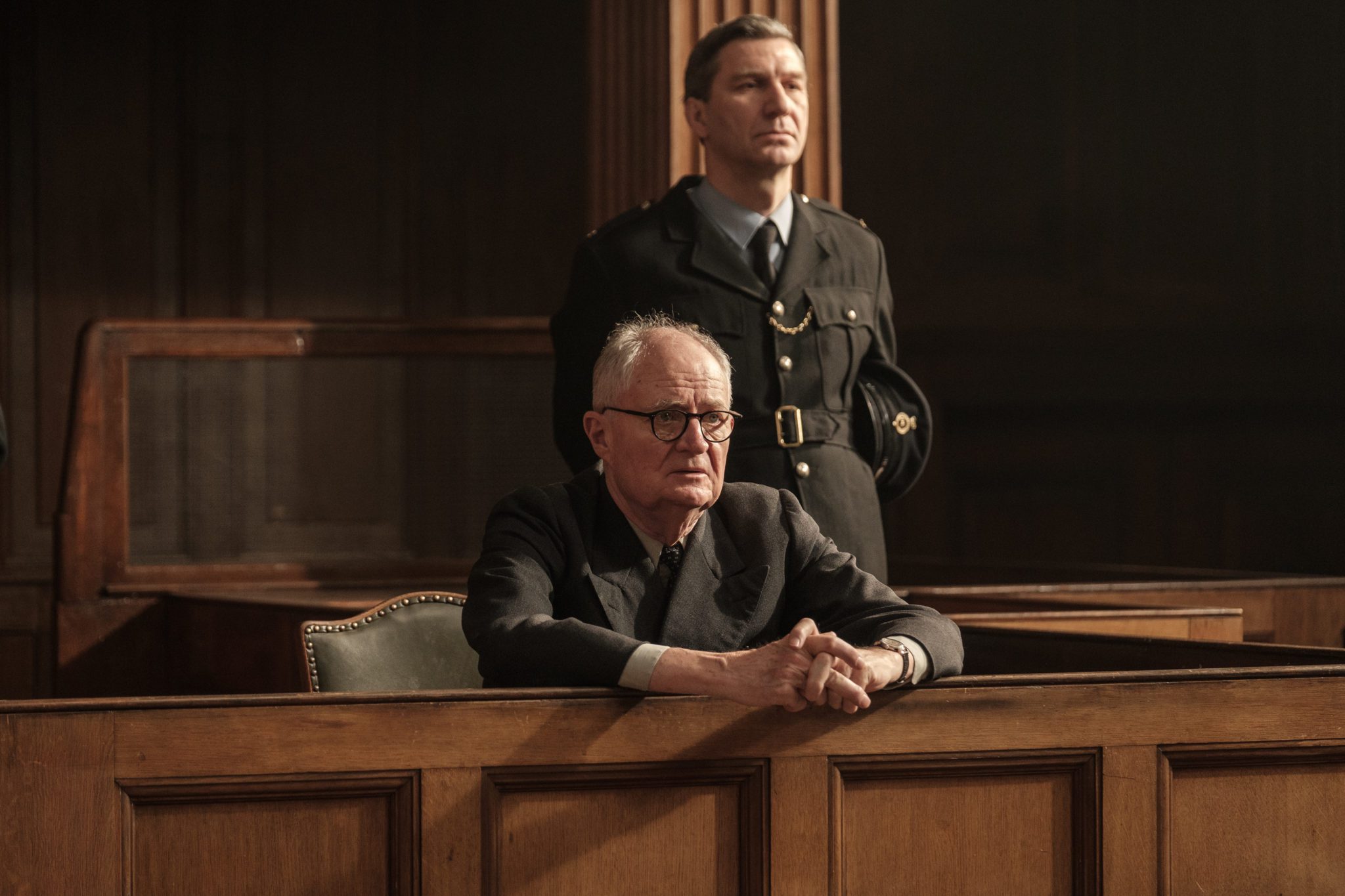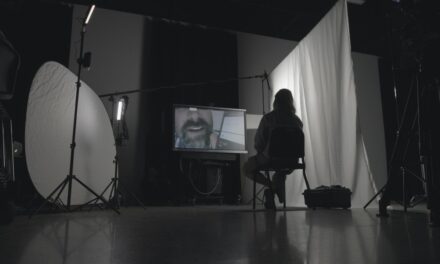?When all is said and done, he really is a pretty good neighbor, isn?t he??
In 1961, a Goya portrait of the Duke of Wellington was stolen from the National Gallery in London. It is the only theft that has ever occurred from the Gallery. The story of that theft and the trial of the thief can be found in The Duke, directed by Roger Michell. It is not really a caper movie; it?s a humorous character study of a bizarre man who just wants to help those in need.

Kempton Bunton (Jim Broadbent) is a would-be playwright with dreams of grandeur. He also has a non-conformist streak seen mainly in his battling against the TV tax that funds the BBC. He campaigns to make it free for pensioners and war veterans. He even spends a bit of time in jail for not having paid the tax.
His long-suffering and hard-working wife Dorothy (Helen Mirren) supports the family as a house cleaner. She seems constantly angry at Kempton for not working and for being a spectacle with his protests. She is very concerned with what people will think. But we learn there is more to it than that. They lost a daughter many years ago. Kempton writes to work through his grief because Dorothy refuses to talk about it, or even visit her grave. That grief is really what is tearing their relationship apart.
When the government spent ?140,000 to prevent the sale of the portrait of this national hero to an American collector, Kempton complains bitterly about what good things could have been done with the money, rather than just keeping a picture in a museum. Before long, Kempton makes a trip to London and next thing we know he and his loyal son Jackie are hiding the painting in the back of a wardrobe. Kempton writes letters to the newspapers demanding that the government spend the money to help people. He eventually returns to the museum to hand back the picture.

The trial seems like it should be open and shut. At trial, Kempton charms the public and the press with his eccentric personality and his quixotic philosophy that just wants to make the world a little better place. He uses his testimony as a soapbox to speak about how we need to take care of each other. Broadbent is astounding as a man with a conscience that drives him to do outlandish things. He brings out the humor of such a man on trial for such a serious crime, yet seemingly only wanting to do more good.
There are two stories being told here, one public, the other private. The public portion involving the theft and the trial is filled with humor. Certainly this is the kind of eccentricity that seems to fit our idea of the English. But Kempton is more than just a bit odd. He stands for justice and fairness. He puts himself on the line when racism is present. And he is truly concerned that the aged and war veterans confined to their homes need TV to keep them company and shouldn?t be taxed. And he will also put himself on the line for his family when needed.

The private story is more about Kempton and Dorothy?s struggle to deal with grief. Dorothy has built a wall around her pain in an attempt to avoid it. She refuses to let it be spoken about, so Kempton has tried to write plays that express his grief. The pain in their life is really the basis for the tension and struggle between them. In this portion, it is Mirren who carries the weight. She seems to be so strong, but we can tell that her pain is too much for her to bear.
The film helps us to think about how we depend on one another, whether in the privacy of grief, or seeking to change the world. Kempton is not just an eccentric cross between Don Quixote and Robin Hood. We want to think that we too can change the world, even if it?s just to make someone?s life a little bit better.

Jesus? story of the Good Samaritan is about that in a much more dramatic way of thinking about what it means to be a neighbor. But The Duke is also an effective beginning to consider how we will change the world around us.
The Duke is in general release.
Photos courtesy of Sony Picture Classics.





